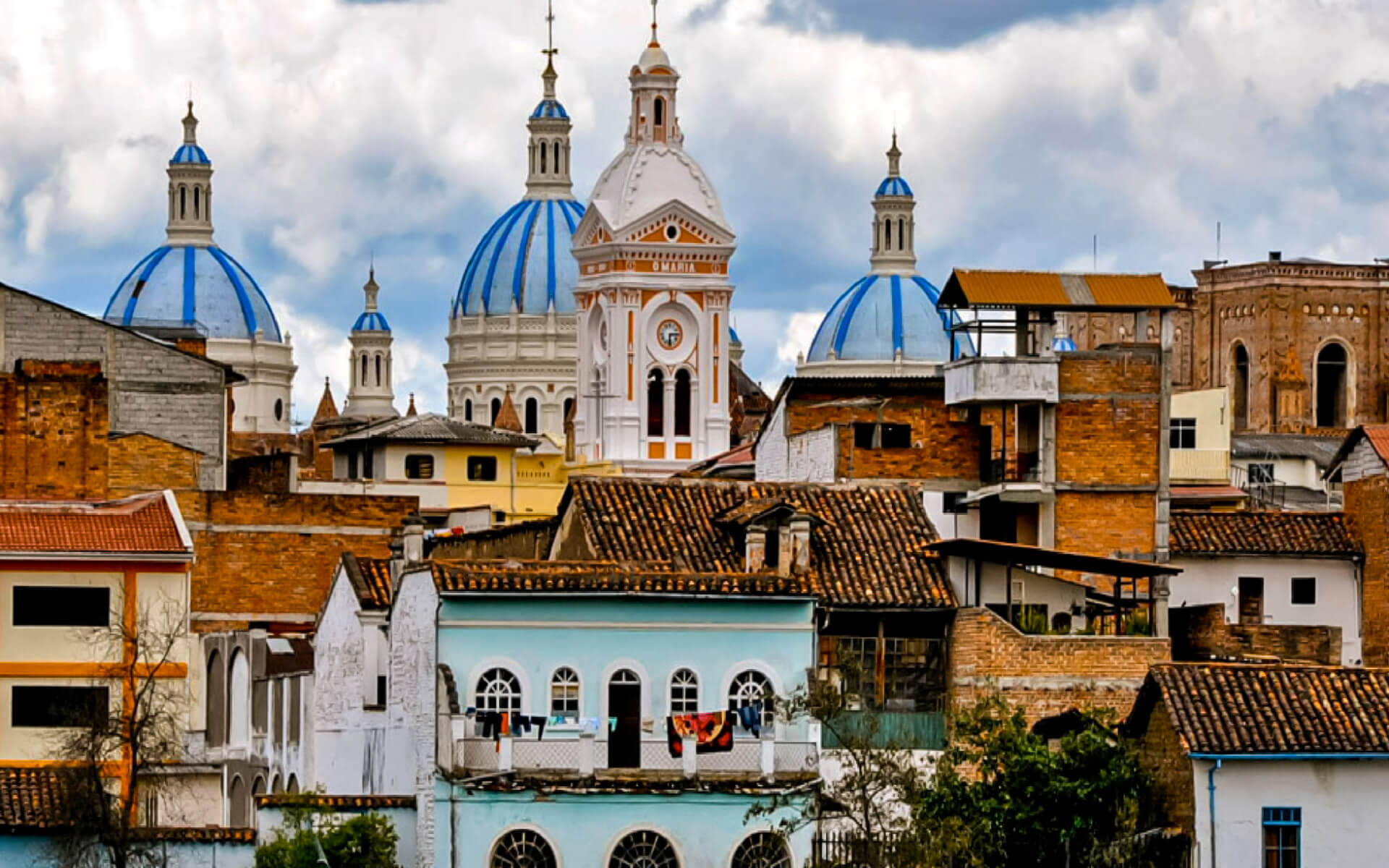Cuenca is a bustling colonial city in southern Ecuador, the country’s third biggest, and the seat of Azuay Province. According to the 2010 census, the city has a population of 518,000 people and is situated in a highland valley approximately 2,500 m (8,200 ft) above sea level. Its mild environment makes it appealing all year. Because of its numerous historical structures, the city center has been designated as a UNESCO World Heritage Site. Flowers, blossoming trees, grass, and gushing waterways may be found everywhere in Cuenca.
Cuenca is bordered on all sides by mountains, with passes to the west, south, and east. Looking southwest from downtown, you can see the lovely Cajas mountains; the bulk of this region is protected by the vast Cajas National Park (Parque Nacional Cajas), which is well worth the journey.
The city is cleaner and safer than most big cities in poor nations, and it is said to have purer water than most cities in the United States and Europe. Unlike in other Ecuadorian cities, the drinking water is safe to drink. ETAPA, the government utility organization, constructed brand new water and sewage mains spanning 8,000 hectares between 2010 and 2013. (20,000 acres).
Cuenca’s municipal administration has engaged a Spanish urban planning firm to create 80 kilometers of cycling routes that will be built around the city. These paths are in addition to the existing ones that follow many of Cuenca’s rivers. Cuenca is famous for its beautiful architecture, tourist attractions, hotels, and nightlife.


